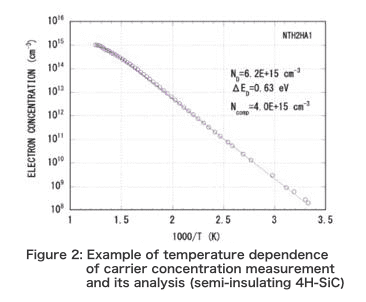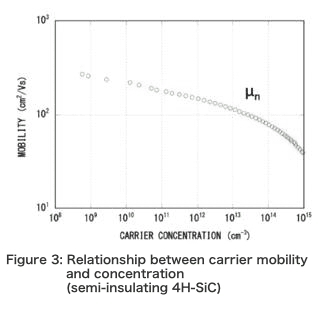Hall effect contract measurement
We provide contract evaluation and analysis services for semiconductor material properties.
One method for evaluating the fundamental properties of semiconductor materials is Hall effect measurement, which determines conductivity type, carrier concentration, and mobility.
What is Hall Effect Measurement?
It measures basic semiconductor material properties such as conductivity type (p or n), carrier concentration, and mobility. When a magnetic field is applied perpendicular to a conducting material while a current is passed through it, charge carriers (electrons or holes) are deflected by the Lorentz force, generating a voltage known as the Hall voltage. This phenomenon is called the Hall effect.
Contract Measurement Services
The Ceramic Forum offers contract evaluation and analysis services for semiconductor material properties using the Hall effect measurement method.
This measurement is performed using the van der Pauw method. Samples have ohmic electrodes formed at the four corners of a semiconductor wafer piece that is approximately 6–8 mm square (Fig. 1). (Fig. 1).
In addition to room temperature, measurements can be taken at temperatures ranging from 20 to 800 K.
The temperature dependence of carrier concentration and mobility provides more detailed information about defects in the semiconductor.
In addition to the Van der Pauw method, optional measurements can be taken using Hall bar-shaped samples and with a bias applied.

Hall Effect Measurement Example




